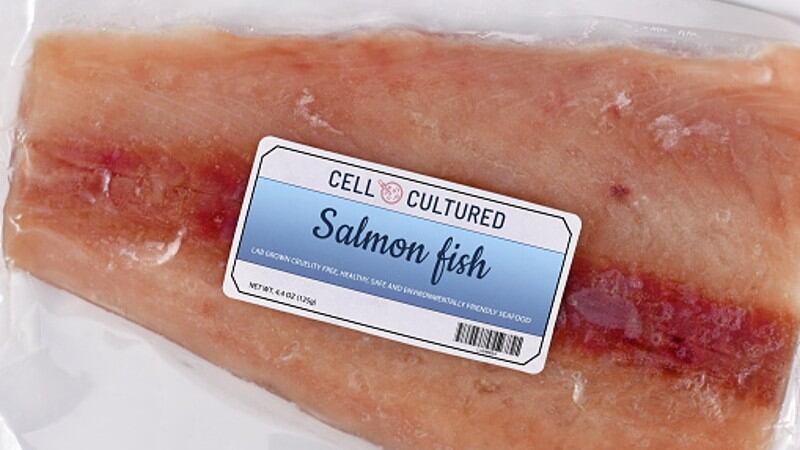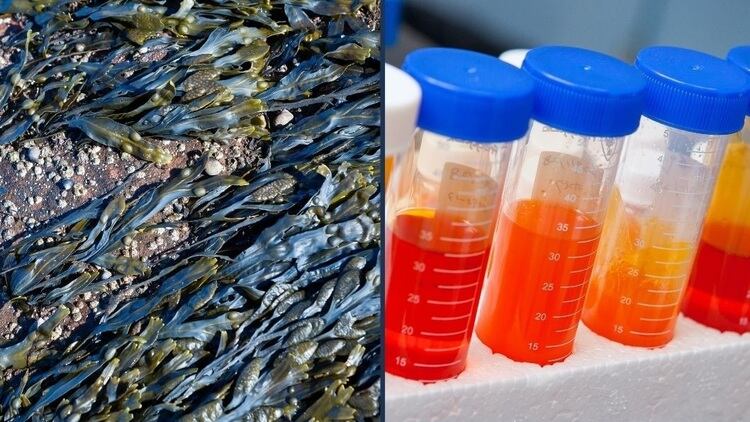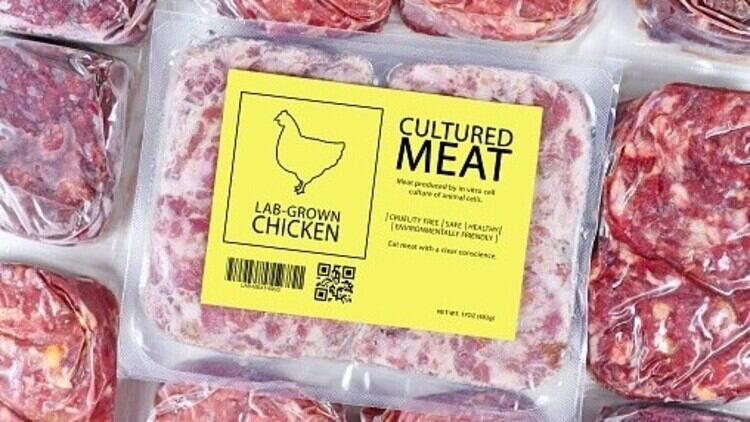Although the cultivated products sector has been hailed by many in the alternative protein sector as being the answer to the future of protein supply, there remain major concerns within the overall food industry with regard to cost, production, upscaling and commercialisation challenges.
Many questions have focused on how firms in this sector intend to bridge the gap between making meat or seafood at a small, R&D scale in the laboratory, to mass producing enough of this cultivated product to feed entire populations.
For the cultivated seafood sector, the answer to this appears to be the establishment of pilot plants, with multiple well-known names in the industry already having inaugurated or in the process of setting up such sites – such as cultivated seafood pioneer Shiok Meats.
“We set up our mini-plant in Singapore last year, the first of its kind scale up facility for cultivated production technology, and we really see this as a great model for technology transfer between what we do at the R&D scale, to the production scale,” Shiok Meats COO Durgalakshmi Sathiakumar told the floor at the Cellular Agriculture Asia Summit 2022.
“With this facility, we've been able to achieve a lot of process optimisation of the various scale-up parameters, and have adopted a data driven approach whereby we gauge all our impacts throughout the production process. And from the facility design standpoint, we have [worked out how to implement] best principles and practices from both pharma and the food technology.”
Similar to Shiok Meats, Avant Meats is also setting up its own pilot production facility in Singapore.
“We’ve chosen the site location and completed the visibility study and layout plan, and are looking at launching this plant some time in early 2023,” Avant Meats CEO Carrie Chan said.
“Our focus is on fish products that are commercially valuable, ranging from fish fillets which have a more general, versatile usage in Asian cuisine to more exotic items selling at higher prices [such as fish maw]; as well as an ingredient for skincare products – all three are in the pipeline for production at the pilot plant.”
As for why Singapore seems to be such a hot location for the setting up of these pilot plants, Chan highlighted that the local regulations and policies currently make it one of the top choices for companies in a novel industry such as cultivated products to conduct pilot experimentations.
“Singapore has the high level policies in place to support innovation in the cultivated products space, and in terms of regulation we are all well aware that as of today it remains the first and only country in the world to have approved cultivated meat [for consumption],” she said.
“On top of that, the infrastructure and ecosystem related to the pipe process, the talent supply and [other such factors] is really good here in Singapore, hence we chose to establish our pipelines here.”
Challenges in scaling up
Shiok Meats specialises in cultivated crustacean research and development, and for this the firm has faced some core data challenges to scaling up, even with its mini-plant.
“[A lot of progress in cultivated product research] has been driven a lot by mammalian cell culture, so there's not a lot of information or data which is available for working with crustacean species,” Sathiakumar said,
“So for us for example, all the molecular tools that are directly necessary for the scale-up of the bio process parameters have all been built in house, and that's one of the biggest challenges that we have faced in the scale-up facility.”
Given such challenges as well as general supply chain disruptions caused by the COVID-19 pandemic, the general opinion is that even with plant establishments and taking this major step towards mass production, collaboration and partnerships are the crucial ingredient for the sector to achieve successful commercialisation.
“Partnerships are really crucial, especially when it comes to integrating the concept of both innovation and scaling - I feel that both processes are very organically interconnected rather than a sequential series of steps in the pipeline, So it's important for all the institutional actors from the private sector to policymakers to start-ups to all come together when it comes to sharing of resources, knowledge, rewards, and so on,” she added.
“It would be a Herculean task for any one start-up to address all the challenges ranging from technology, to bio-reactors, to marketing to manufacturing, and I would say the ideal way to commercialise is to partner with firms who are experts in their respective domains rather than reinventing the wheel.”
Chan seconded this, stressing that this is just as important for commercialisation as it is for technical development.
“Partnerships are essential for a new technology space like us to get to a more mature stage as early as possible,” she said.
“I think in addition to working with traditional food firms or biotech firms, there are also other collaborations [that need to be looked at] - we have seen parties very interested in [partnering on] product development and [how we can] go to market in different product formats as well.
“So today, I would say that there’s a lot more [to be done here] in terms of commercial collaborations, in addition to just technical [or R&D] collaborations.”





